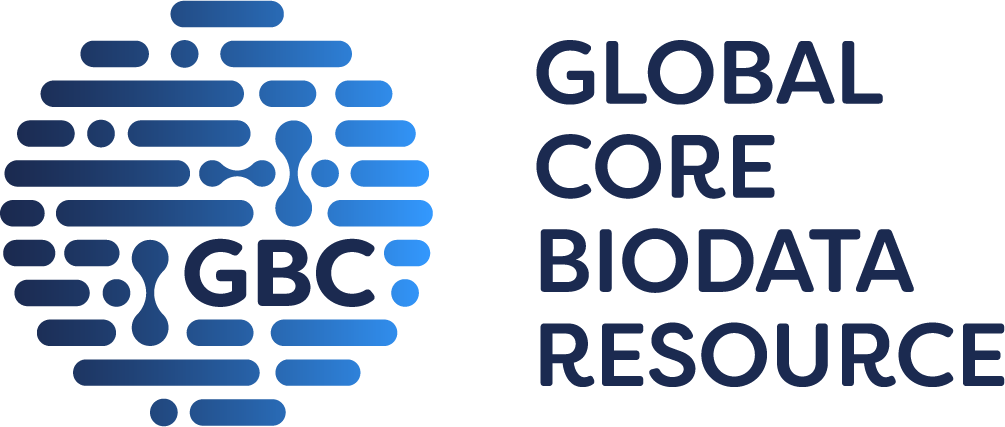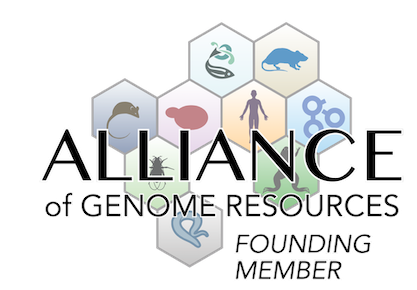craniofacial
|
• mutants on a doxycycline diet exhibit craniofacial malformations
|
integument
mortality/aging
|
• 35% of mutants on a doxycycline diet for at least 3 weeks starting at P25 die during the 12 weeks following doxycycline administration; males and females die at similar rates
|
renal/urinary system
|
• urothelia of males on the doxycycline diet is more severely affected than in females
• increase in urothelial basal cell proliferation is seen in mutants fed doxycycline
• bladders of males 5 weeks after doxycline treatment show a higher proliferation index than females at the same stage
|
|
• 24% of the remaining surviving mutants on a doxycycline diet for at least 3 weeks starting at P25 exhibit tumors within the bladder lumen; 11 mutants have single tumor and 18 have multifoci tumors
• tumors in doxycline fed mutants resemble low-grade papillary urothelial carcinoma, exhibit polypoid structure, and the urothelium has lost its typical polarity and shows nuclear atypia, high mitogenic activity, and vascular infiltration
• however, no nuclear pleomorphism or muscle invasion is seen
• 45% of males on the doxycycline diet develop bladder tumors compared to 3% of females on the diet
• only 12.5% of castrated males after 3 months of doxycycline treatment develop luminal tumors and cell proliferation is 20% less than in noncastrated males
|
neoplasm
|
• 24% of the remaining surviving mutants on a doxycycline diet for at least 3 weeks starting at P25 exhibit tumors within the bladder lumen; 11 mutants have single tumor and 18 have multifoci tumors
• tumors in doxycline fed mutants resemble low-grade papillary urothelial carcinoma, exhibit polypoid structure, and the urothelium has lost its typical polarity and shows nuclear atypia, high mitogenic activity, and vascular infiltration
• however, no nuclear pleomorphism or muscle invasion is seen
• 45% of males on the doxycycline diet develop bladder tumors compared to 3% of females on the diet
• only 12.5% of castrated males after 3 months of doxycycline treatment develop luminal tumors and cell proliferation is 20% less than in noncastrated males
|
Mouse Models of Human Disease |
DO ID | OMIM ID(s) | Ref(s) | |
| urinary bladder cancer | DOID:11054 |
OMIM:109800 |
J:202618 | |



 Analysis Tools
Analysis Tools